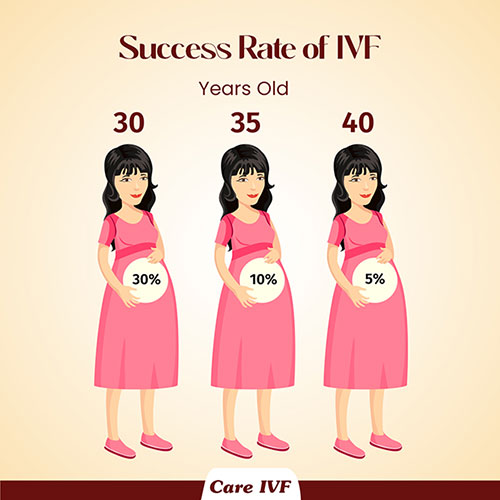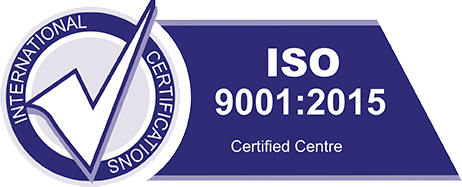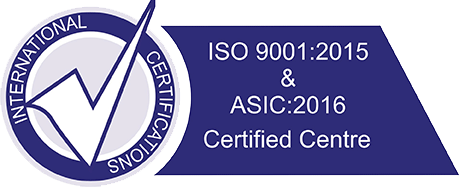IVF Success Rates – how it can be misleading!

One of the first questions that most people ask
"What is my chance for IVF Success?" The initial hope of achieving a pregnancy by IVF is often dampened by the answer to this question.Understanding IVF Success Rates:
There is a lot of debate on success rate of IVF. This is because there are centres that promises 100% success rate without explaining the nuances of how success rates are calculated.
How do you believe the figures of IVF success rates provided by different clinics? As a rule of thumb, we go by the global standard of IVF success rate:
The Global average of IVF success rate with same cycle transfer using self-eggs is 40%.
What does that mean? To put these figures into perspective……
Studies have shown that the rate of spontaneous or natural pregnancy in couples with proven fertility in the past is approximately 20 percent per cycle. Which means 2 out of 10 women with normal fertility would conceive naturally in any given attempt.
A couple undergoing IVF with self-eggs will have a 20% greater chance of conceiving than by natural conception, that gives them a success rate of 4 out of 10 that is 40%
Therefore, although a figure of 40 percent may sound low, it is much greater than the chance that a fertile couple will conceive in any given cycle.
How does IVF success rates improve with multiple attempts?
- The chances of conception in first attempt of IVF with self-eggs and fresh embryo transfer is 40%.
- The chance of a couple conceiving in two attempts can be 85%
- The chance of a couple conceiving in three attempts is 95%
Another Interesting fact:
Couples who have achieved an ART pregnancy in the past have an increased likelihood of ART-related conception in the future.
Increasing IVF success rates beyond 40% – is it possible?
Yes there are a number of procedures available that can increase the standard IVF success rate by another 10-20%
So is it possible for a clinic to achieve IVF success rate greater than 40%?
So far, with the help of Additional Assisted Reproductive tools it is possible to push the Global average IVF success beyond 40% to a maximum of 60% per cycle, but not more
So it is very misleading to say IVF success rate is 90% or higher.
IVF Success Rate vs. Take Home Baby Rates
Again there is a confusion between success rate of IVF and take home baby rate. IVF success rate doesn’t take into account any factors post implantation like miscarriage, biochemical pregnancy, ectopic pregnancy etc. But Take home baby rate does take this into account.
Patients should be aware, IVF success" is defined as any positive pregnancy test, or any pregnancy, even if miscarried or implanted at a position outside the womb or the very common - biochemical pregnancy (positive pregnancy hormone but non visualisation of baby on ultrasound).
We believe that the delivery rate or "take home baby rate" is the only real measure of success.
The Take Home baby rate or the live birth rate for each IVF cycle started is approximately:
| Woman’s Age | Take home baby Rate |
|---|---|
| For women under age 35 | 32-37% |
| For women ages 35 to 37 | 28-33% |
| For women ages 38 to 40 | 23-27% |
| For women ages over 40 | 13-18% |
The major hurdles to success are implantation after embryo transfer and early pregnancy loss.
The risk of early pregnancy loss increases with age of the female partner. There is, however, no evidence that the risk of birth defects or chromosome abnormalities (such as Down's syndrome) is any different with IVF procedure.


